Chih Hong HUANG Professor
- Introduce
- Research Method
- Application Case
- Related Research
- Papers
Department of Architecture
Office : Design Building Room 654
Phone : (02)2771-2171 Ext. 2915
Email : huangch@ntut.edu.tw
Education : Dr.-Ing. Karlsruhe Institute of Technology
Expertise : Eco-city/urban heat island,Urban ecology and urban design, Sustainable low-carbon buildings, Sustainable community/building planning,
roject subject :
Building energy saving and net-zero emissions, improving urban thermal environment
Project goals :
- Simulation of urban regional heat dissipation efficiency of mesoscale wet cooling towers
- Simulation of heat flow and air flow field in double-skin facade (DSF) wall
- Research on urban canopy heat island and boundary layer heat island
- Low carbon energy saving building
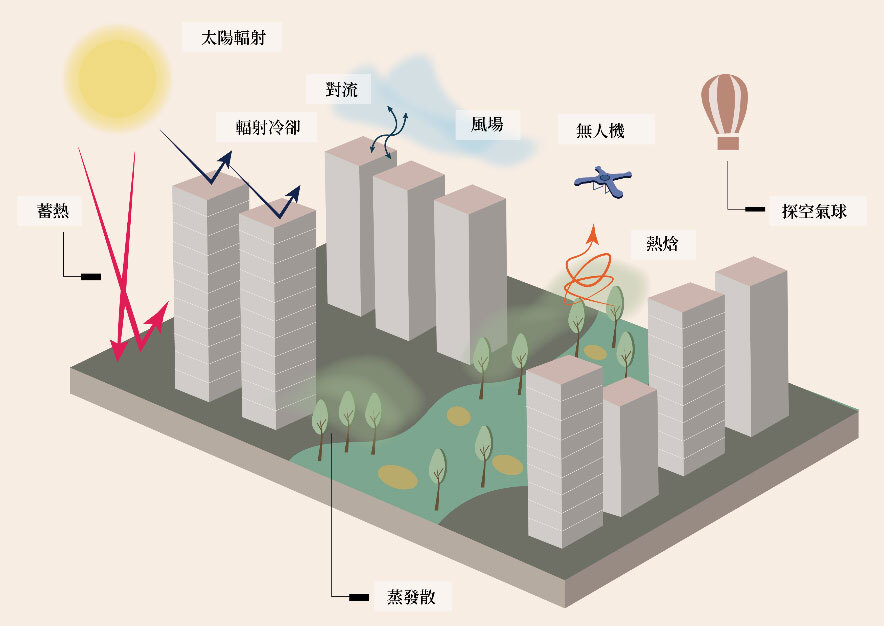
Diagram of heat flow phenomena caused by urban construction and landscape planning
Research methods and applications :
1. Application of Cradle CFD scSTREAM


Simulation of regional urban heat dissipation efficiency of mesoscale by wet cooling towers
Simulation of regional urban heat dissipation efficiency of mesoscale by wet cooling towers.
The results show that the tower can reduce the temperature up to 1.5°C within 100 meters around the tower, showing its possibility of improving the urban heat island effect.

Simulation of heat flow and air flow field in double-skin facade (DSF).
Simulation of heat flow and air flow field in double-skin facade (DSF).
The results show the potential to reduce temperatures at pedestrian heights by 1°C-3°C.
2. Experimental measurement of urban thermal characteristics of vertical structures on the ground surface
The texture of the ground surface has a specific impact on its vertical structure. Environmental physical parameters such as heat capacity, latent heat, wind field, heat flux, and heat enthalpy were measured in the field for observation and analysis.
A four-axis UAV equipped with sensors is used to explore the vertical structure of the heat island. The results show that the texture of the ground surface has a specific impact on the vertical structure, and the form of urban planning does have a huge impact on the thermal environment.
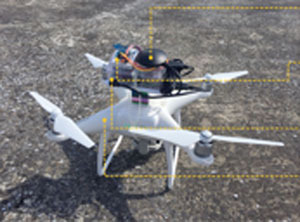
The vertical profile characteristics were measured, and a four-axis drone equipped with sensors was used to explore the vertical structure of the heat island.



Applying big data, machine learning, structural equations, Python algorithms
Statistical discussion of the average floating height and standard deviation of the boundary layer and canopy, and structural equation model analysis to explore what are the most important factors affecting urban thermal environment in different urban types. Deep learning explores the shape of the entire vertical structure of heat on the earth's surface.
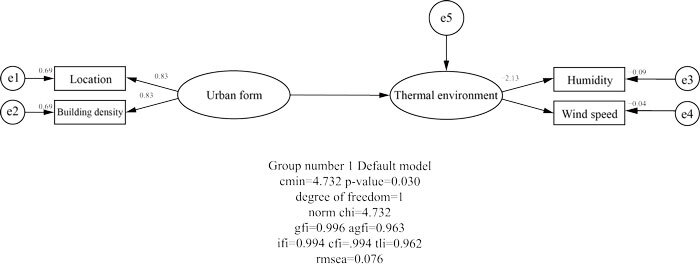
tructural equation model explores the impact of meteorological factors on urban thermal environment
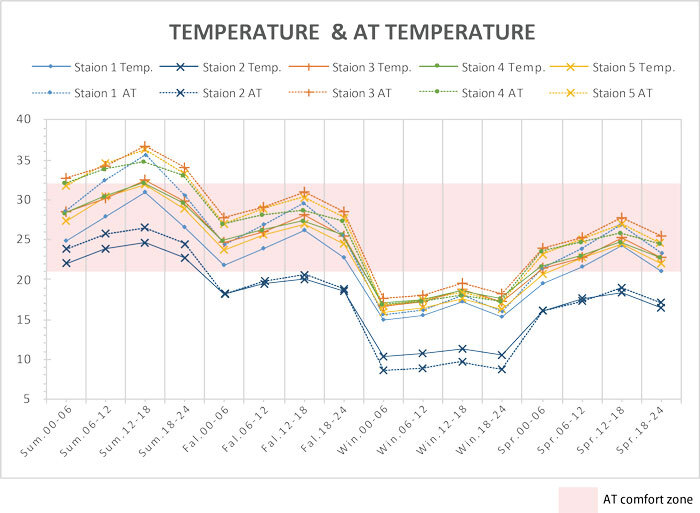
Using Python programming language, NumPy mathematical function library and Pandas data operations to organize and classify data, Statistical correlation between heat islands and meteorological big data - air pressure, temperature, humidity, wind speed, wind direction, cloud cover, etc. would be analyzed.
Using deep learning to process a large amount of data, automatically process data, and use variables: temperature, humidity, enthalpy, altitude, wind speed, and cloud cover, patterns would be derived from deep learning by extracting seasons, time periods, and comfort levels. Through multiple iterations, gradient descent is used for parameter optimization to bring the loss function of the predicted value closest to the true value.
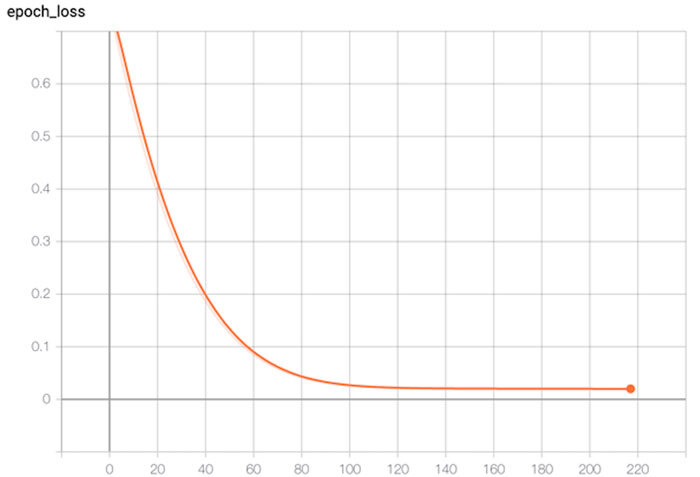
損失函數梯度下降

準確率上升
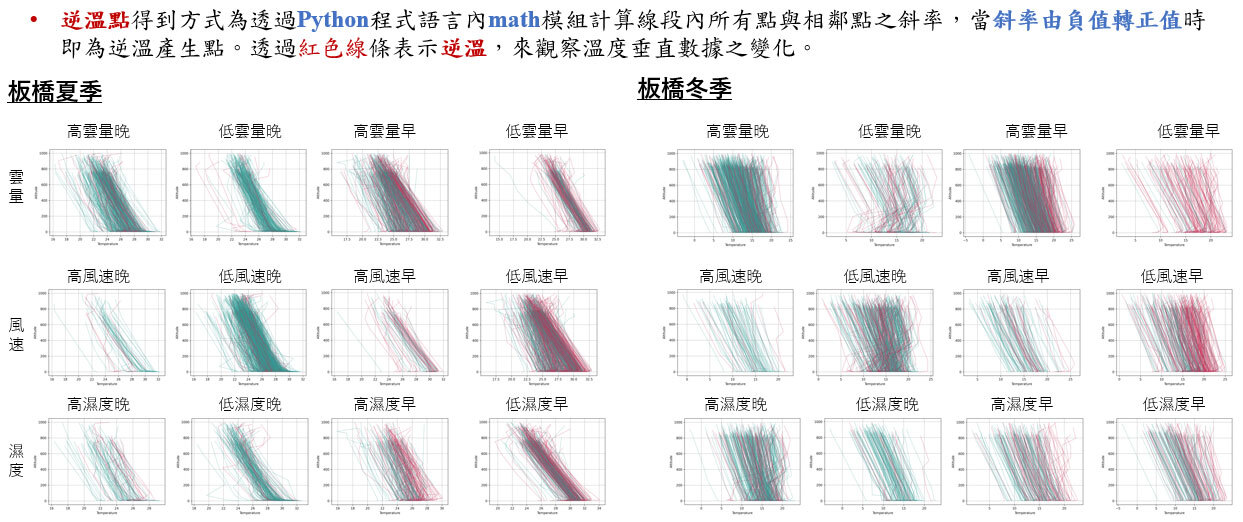
機器學習探討都市熱島垂直結構邊界層與冠層變化
Research results :
1. Impact of asphalt concrete pavement on urban thermal environment
Asphalt concrete contributes to the increasingly serious urban heat island effect. Changing the thermal properties of materials is a key method to reduce urban heat islands. By changing factors such as thermal conductivity, specific heat, reflectivity, and emissivity, it promotes surface cooling.

Asphalt concrete thermal performance test
Converter stone aggregate replacement amount

Emissivity of Wavelength 3~16.67 μm

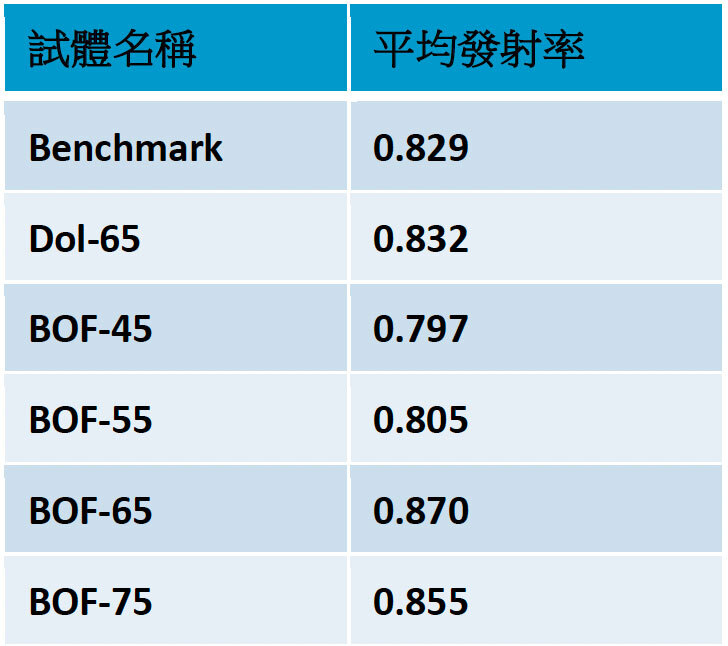
Emissivity of Wavelength 8~13 μm (atmospheric window band)
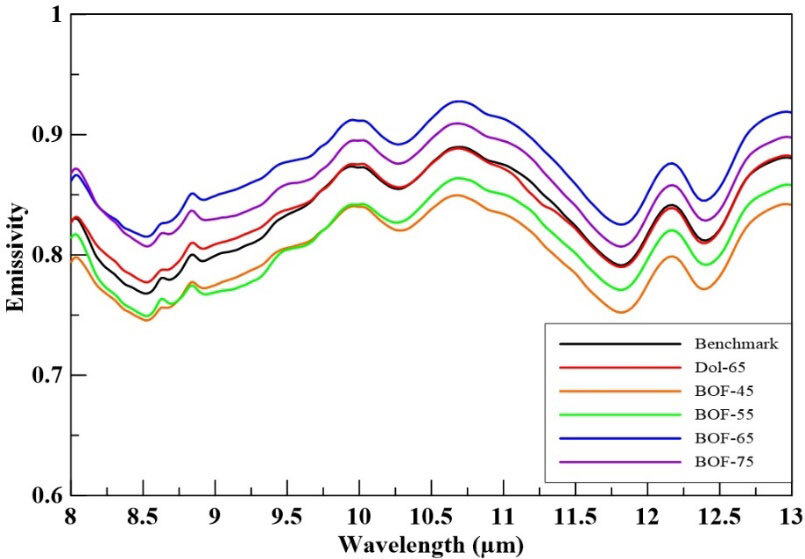
2. 2. Urban Heat dissipation strategies beyond urban boundary layers UHI
- The thermal physical parameters of asphalt pavement were obtained experimentally.
- Measured radiant cooling materials improve asphalt to radiate heat through the urban boundary layer, reducing heat accumulation in the city.
- To Analyze and predict the effect evaluation of the cooling pavement through simulation calculations.
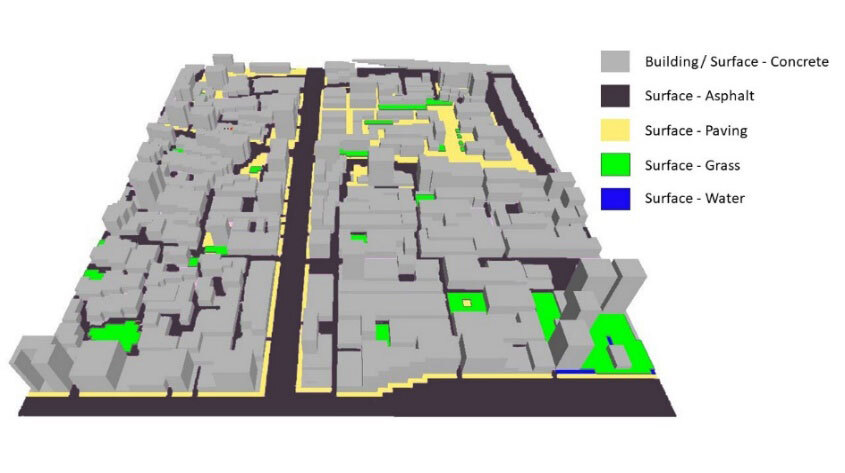
Urban Street Profile Modeling

Comparison of emissivity of pavements with different asphalt compositions at urban scale

Before noon, BOFs store more heat due to their larger volume specific heat. And BOFs reduce the surrounding environment temperature through convective heat transfer.

The key mechanism for nighttime cooling is radioactivity. Therefore, BOFs with high emissivity can more effectively reduce the temperature
Heat dissipation strategies beyond urban boundary layers UHI
Solar radiation causes the shell walls to accumulate heat sources, causing the heat energy between the walls to be dissipated into the indoor environment as heat, indirectly affecting the indoor environmental temperature of the building.
The shell wall receives most of the heat source and transmits it to the room. In addition to absorbing the total amount of solar radiation, it also takes into account the direct reflection of the wall itself, the long-wave radiation released after absorption by the wall, and the heat convection generated by the air and the exterior wall.
3. Long-wave cooling effect of radiant cooling coating on building exterior walls

Test specimen of heat source accumulated in shell wall

Radiative cooling rate of concrete specimen
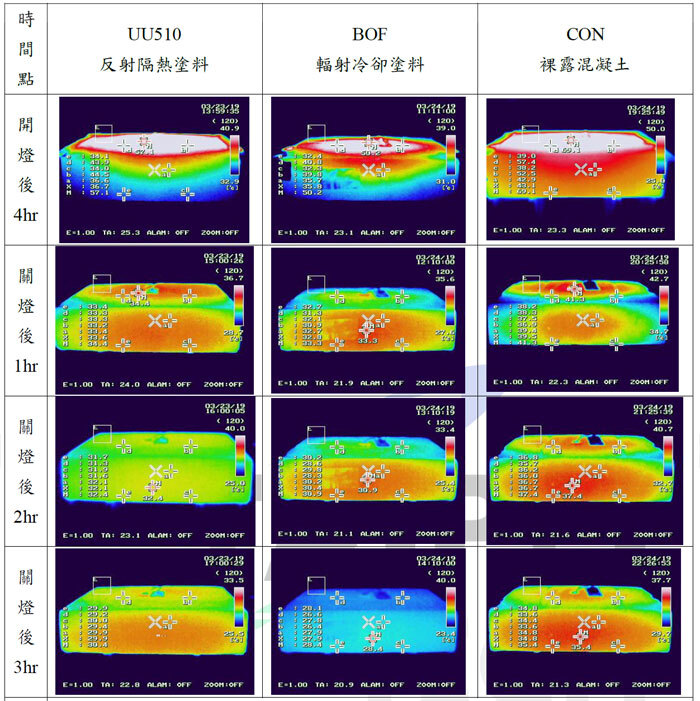
Radiative cooling coating heat dissipation experiments show remarkable results
4. Urban heat dissipation simulation beyond the urban boundary layer UHI
- Using machine learning to analyze sounding balloon meteorological big data, we explore the vertical structure of urban heat islands.
- Through the inversion calculation of python in the previous step, we found that high and low cloud cover seems to have little effect on the boundary layer UHI fluctuation.
- Wind speed can effectively reduce the height of the urban boundary layer. High wind speed will directly blow away the ground heat, so the boundary layer is lower. The difference between high and low wind speeds affecting the boundary layer is about 400m.
- The boundary layer is highly generalized under the influence of humidity and appears to be less regular.
- In winter, the floating difference between the two urban types widens.
- The results show that wind speed can effectively reduce the height of the urban boundary layer ~
The average boundary layer height at low wind speed is about 450-500m.
The average boundary layer height of high wind speed is about 100-150m. - The high induction of the influence of humidity on the boundary layer shows the irregularity of the pattern of humidity.
- High and low cloud cover seems to have little effect on boundary layer fluctuations.







